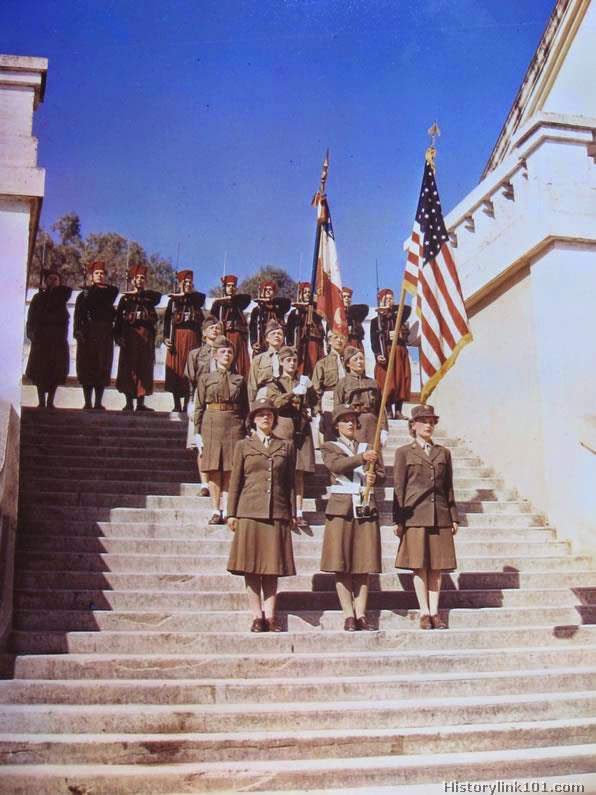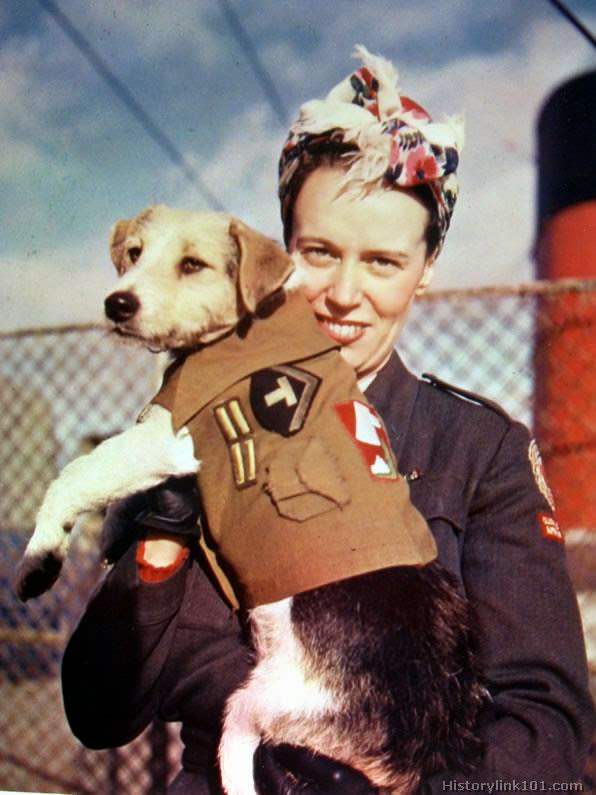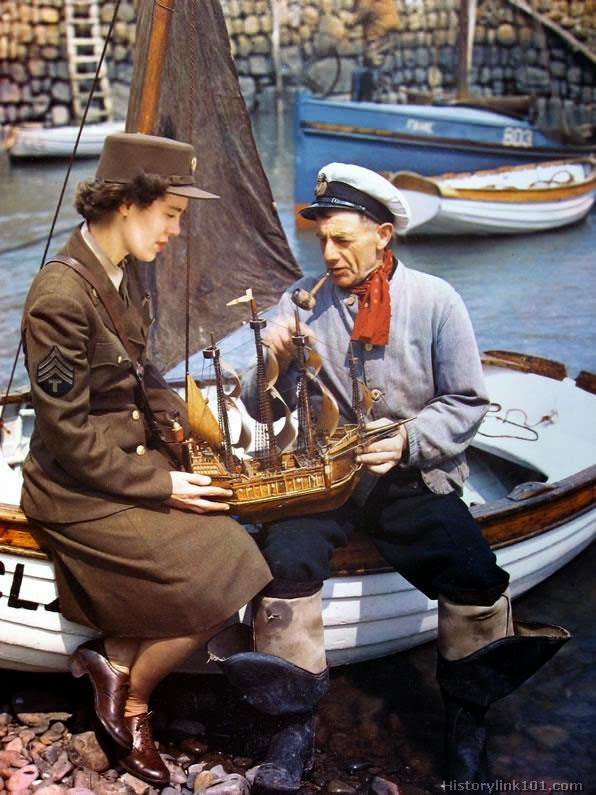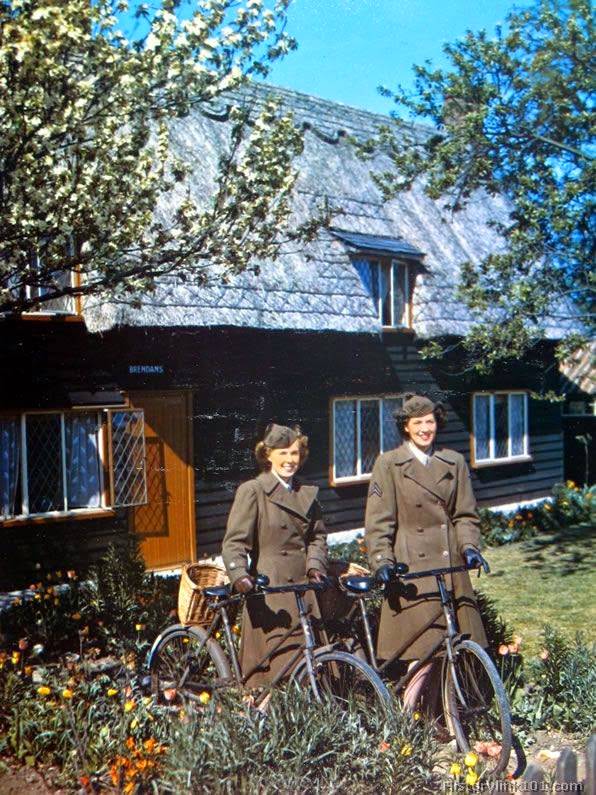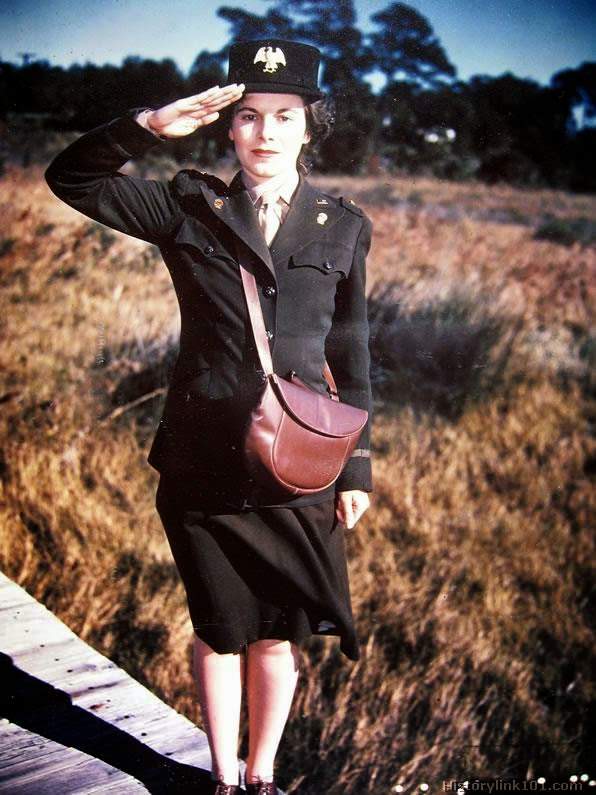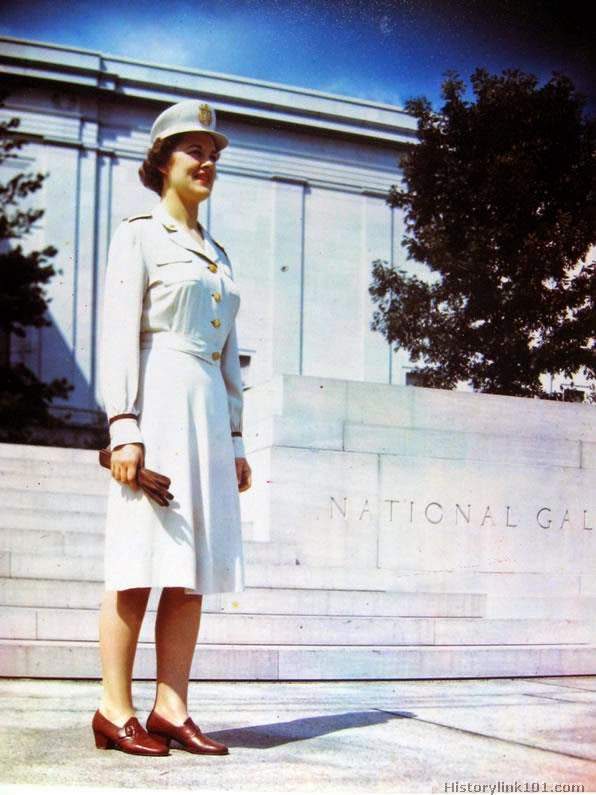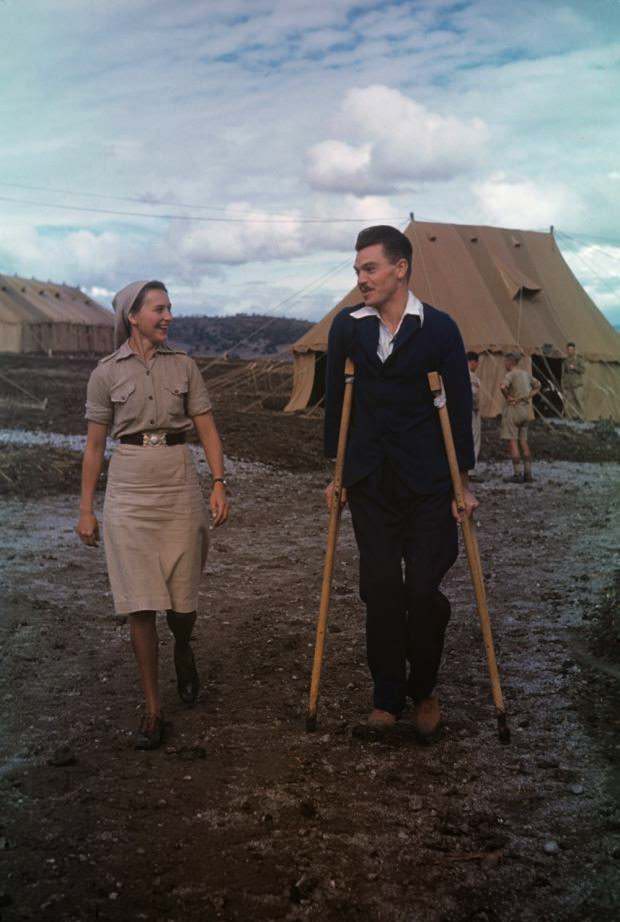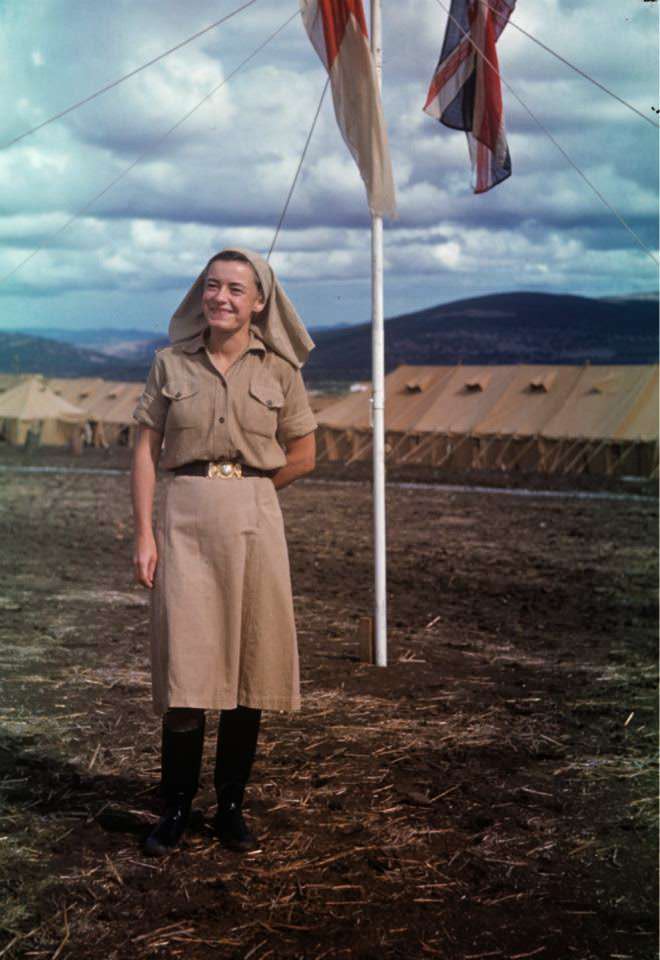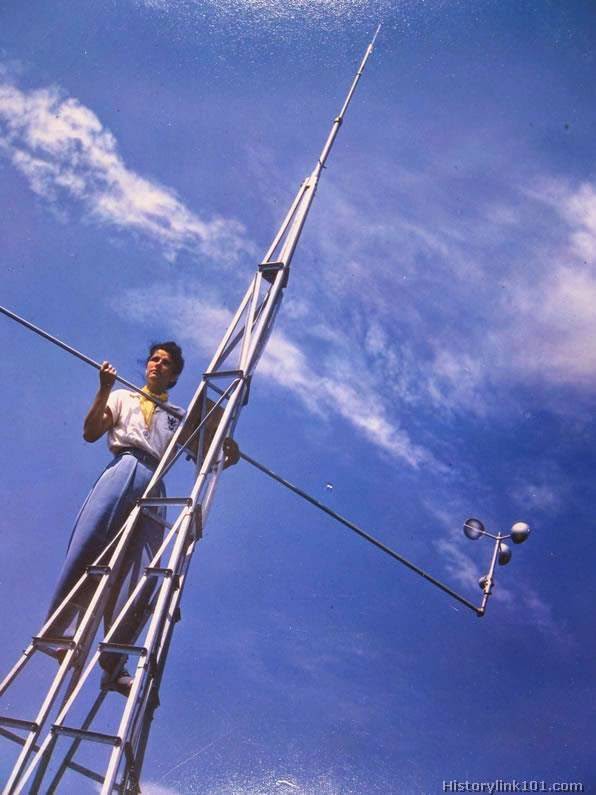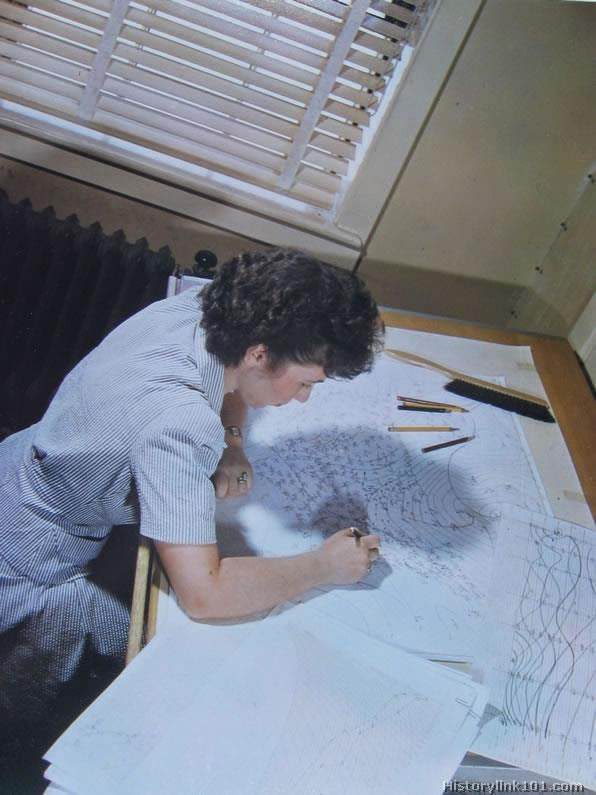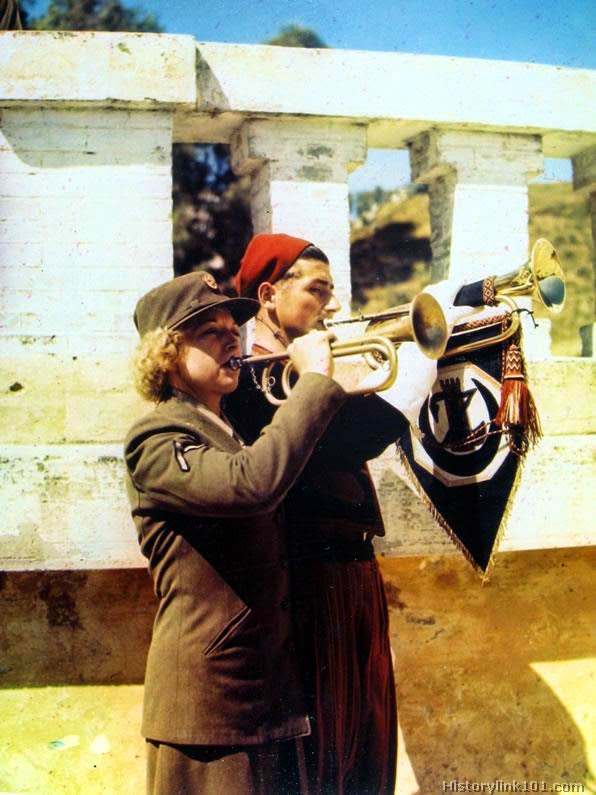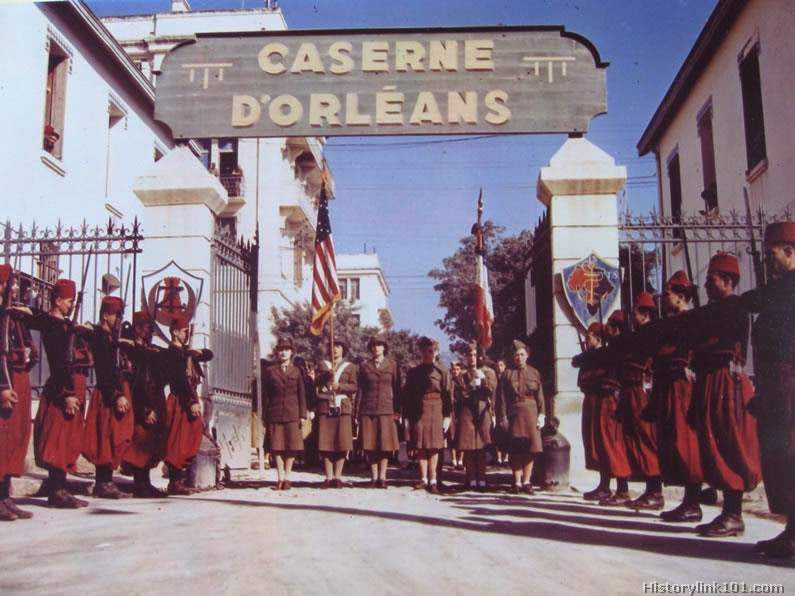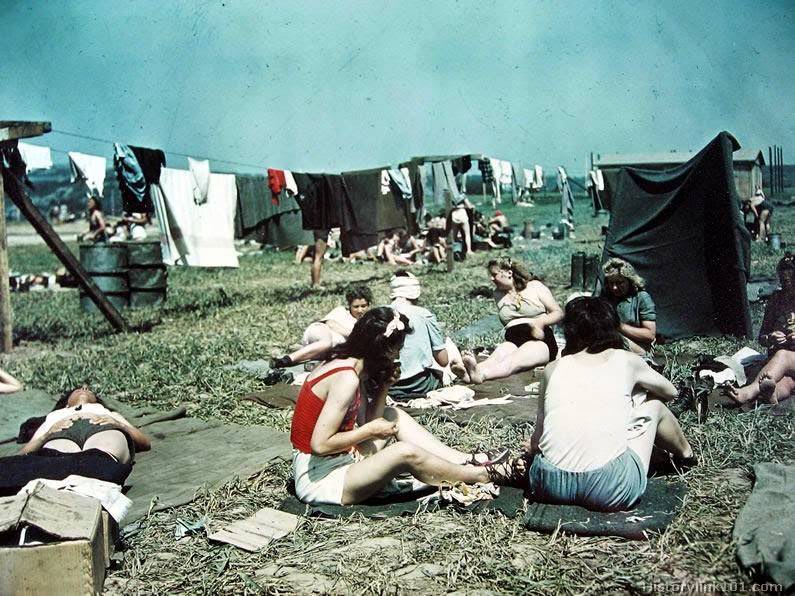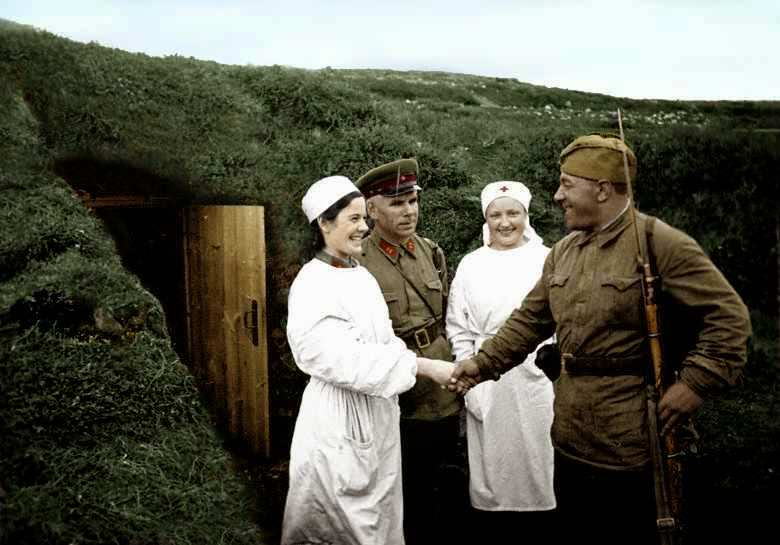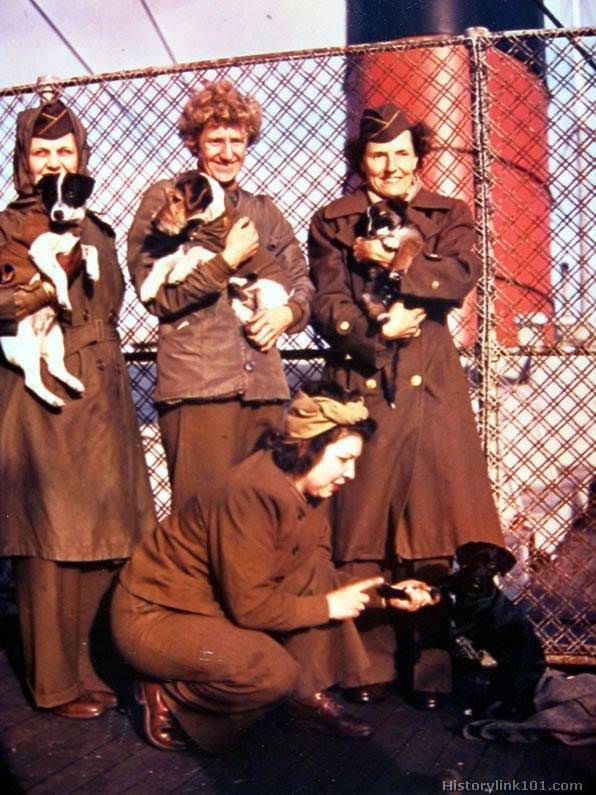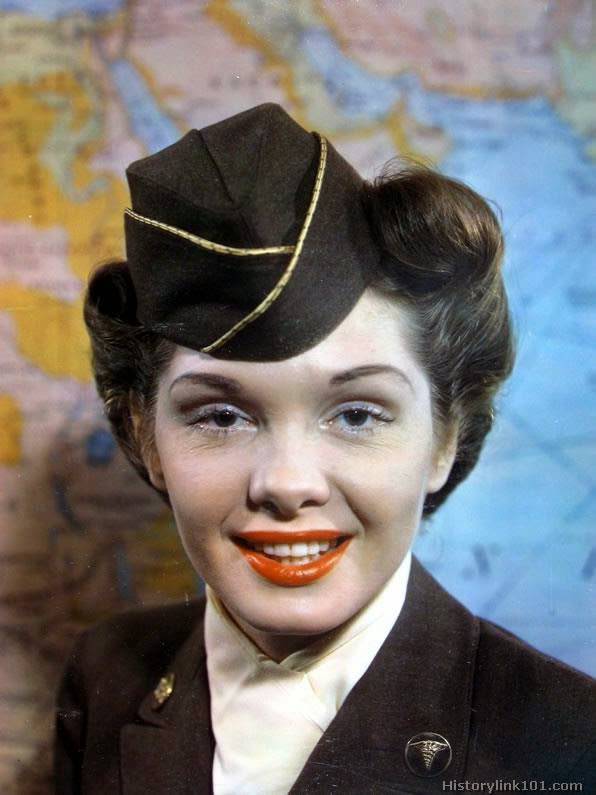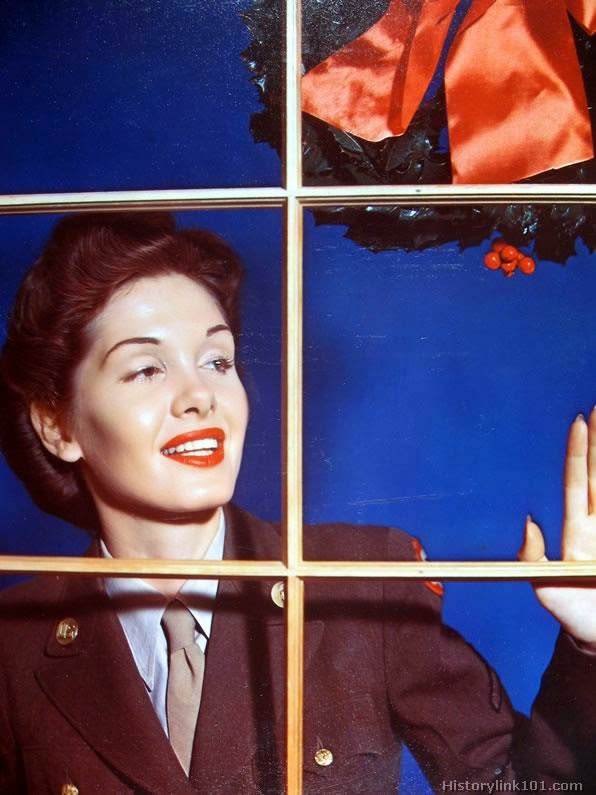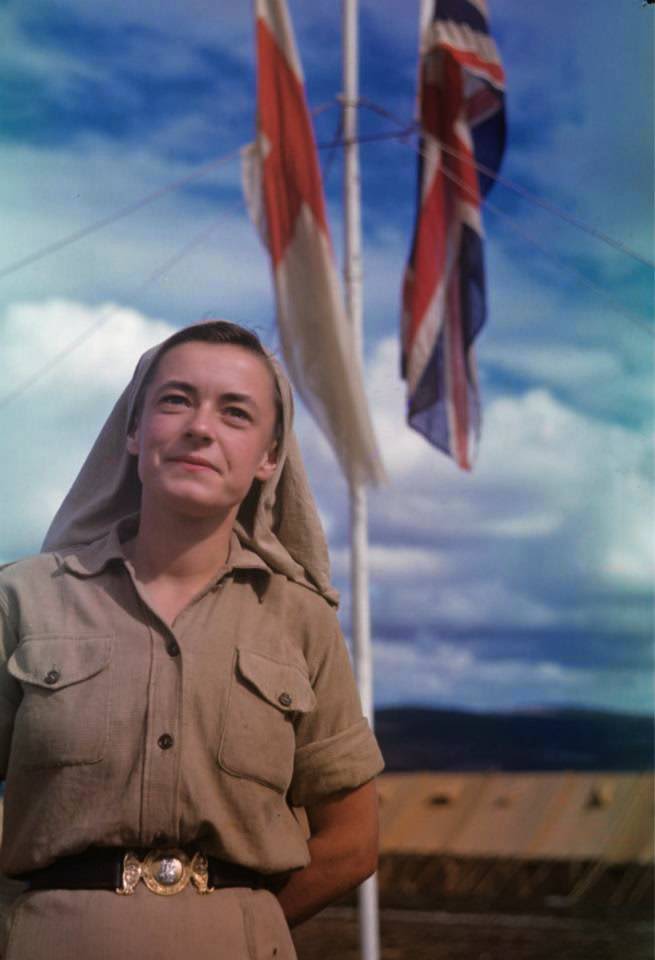When the war began in 1939, millions of men left their homes to fight. This left factories, farms, and offices without workers. Women stepped in to fill those roles. They worked in munitions factories, producing weapons and ammunition that kept armies supplied. Others worked in shipyards, building vessels for naval forces.
Women also took on roles in transportation. They drove buses, trams, and trains. In rural areas, they worked as part of the Women’s Land Army, planting crops and managing livestock to keep food on the table. Farming became essential as imports dropped during wartime.
In many countries, women joined military support units. They served as nurses, clerks, radio operators, and drivers. Some joined organizations like the Women’s Auxiliary Air Force in Britain or the Women’s Army Corps in the United States. These roles freed men for combat while women handled logistics, communication, and medical care.
Women were also involved in intelligence work. Many acted as codebreakers, intercepting and decoding enemy messages. Others worked undercover in occupied countries as couriers or spies. Their missions were dangerous and often carried the risk of arrest or execution.
Read more
In the Soviet Union, women fought on the front lines. Thousands served as snipers, pilots, and machine gunners. The “Night Witches,” a famous group of female pilots, carried out bombing missions under harsh conditions, flying in small planes at low altitude.
Even with all these responsibilities, women managed households under strict rationing. They found creative ways to stretch food, repair clothing, and keep families together during years of uncertainty. Their work at home and abroad kept entire nations running while the war raged on.


